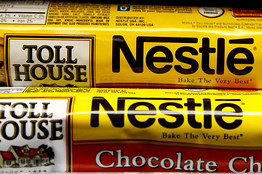Want safe meat? Make USDA do its job!
The New York Times reports that the company selling contaminated ground beef responsible for killing two people and making 500 others sick, “stopped testing its ingredients years ago under pressure from beef suppliers.”
Recall that since 1994, the USDA bans E. coli 0157:H7 in ground meat. It encourages, but does not require, meat companies to test for the pathogen. Why don’t they test? Because they don’t have to.
If they did test, they might find toxic E. coli and have to cook or destroy the meat. As the Times reported in depth last month, Testing puts meat companies in “a regulatory situation.” As one food safety officer put it, slaughterhouses do not want his packing company to test for pathogens: “one, I have to tell the government, and two, the government will trace it back to them. So we don’t do that.”
Instead of requiring safety testing, the USDA uses a “restrained approach.” As Dr. Kenneth Petersen, an assistant administrator with the USDA’s Food Safety and Inspection Service, told the Times, USDA has the power to require testing but doesn’t use it because it has to take the companies’ needs into consideration: “I have to look at the entire industry, not just what is best for public health.”
The moral? Meat companies will only produce meat safely if forced to. As we saw yesterday, oyster companies will only produce safe oysters if they have to. That’s why we need a food safety system in which all foods have to be produced safely. What will it take to get Congress to act?


